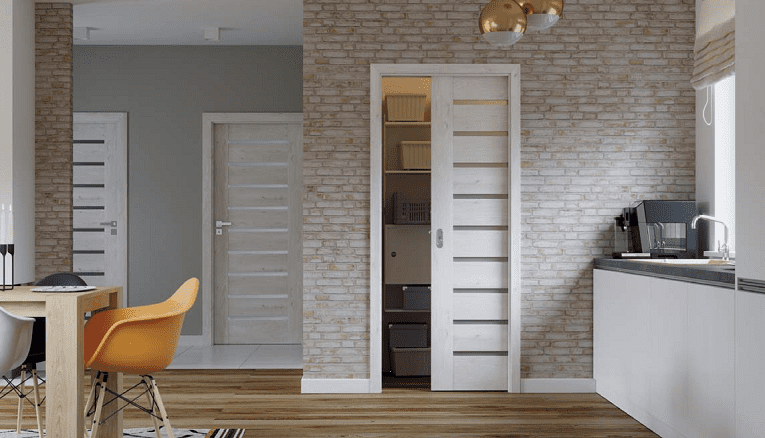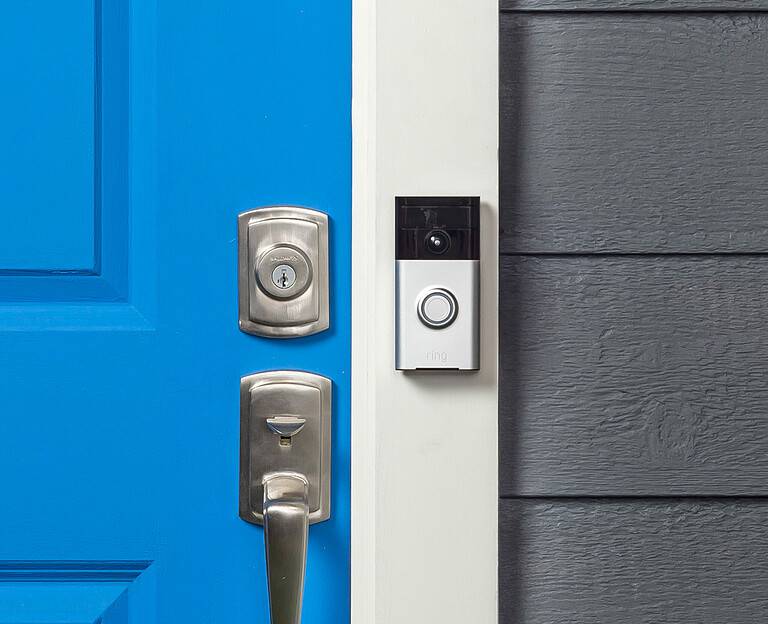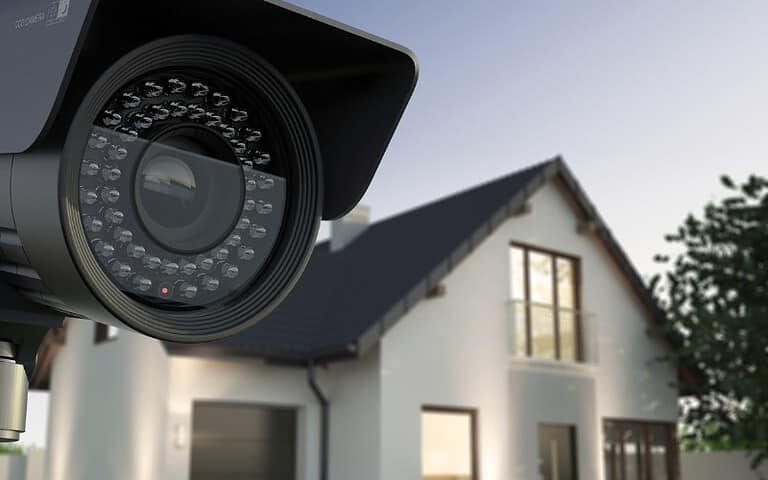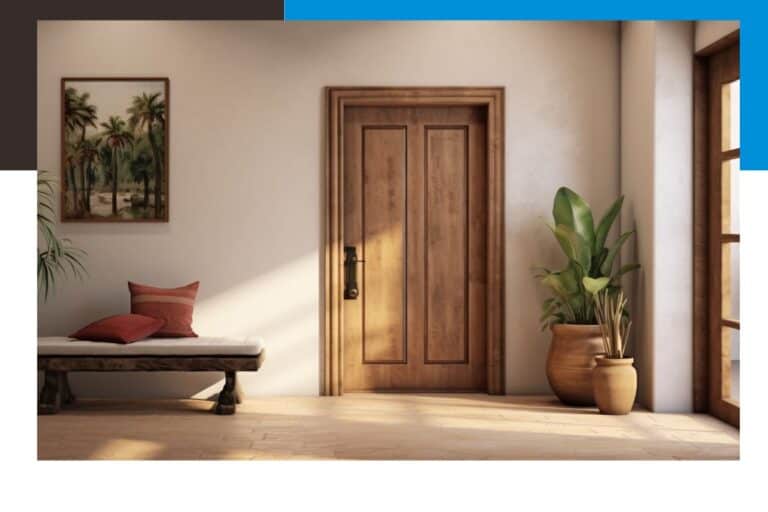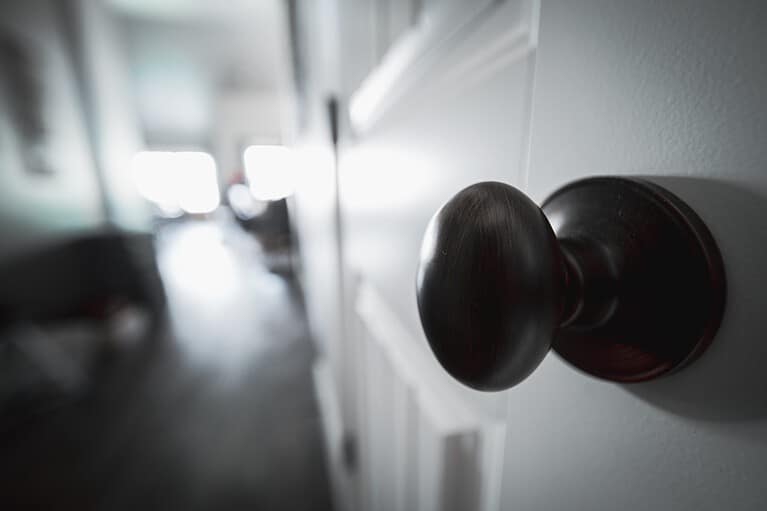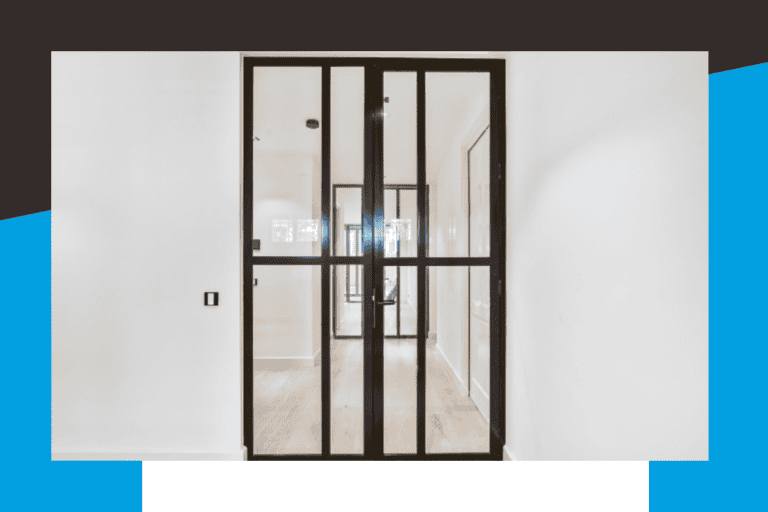Pocket Doors
Pocket doors are a highly versatile and space-saving solution for modern homes. Unlike traditional hinged doors that swing open and take up valuable floor space, pocket doors slide neatly into a recessed pocket within the wall, freeing up more usable space in the room. They are not only practical but also aesthetically pleasing, adding a touch of elegance to any interior design.
Pocket doors come in a variety of styles, materials, and sizes, making them a popular choice for homeowners looking for a seamless and functional alternative to conventional doors. In this blog, we’re going to cover everything you need to know, and help you decide if you should consider adding them into your home or business.
Table of Contents:
- History Of The Modern Day Pocket Door
- Where Can You Use Pocket Doors
- Wall Construction Requirements
- Pocket Door Kits & Hardware
- FAQs in Relation to a Pocket Door
History Of The Modern Day Pocket Door
Pocket doors have been around for hundreds of years and were a popular feature in many grand homes and mansions in the 19th and early 20th centuries. They were first introduced in Italy during the Renaissance period, where they were used as a way to divide large rooms and create separate living spaces. From there, the trend quickly spread throughout Europe and eventually made its way to the United States.
Pocket Doors in 19th Century American Homes
In the late 1800s, hidden doors became a staple in many American homes, particularly in the Victorian and Craftsman styles. They were considered a sign of luxury and sophistication and were often used to separate formal living areas from more private spaces such as bedrooms and libraries.
The modern day pocket door has been around since 1876 when it was first patented by Thomas Wiltberger Newcomb, but its popularity didn’t really start until after World War II. People began building smaller homes that required creative solutions for saving space whenever possible, making pocket doors an attractive option today more than ever before due to the increasing demand being placed upon limited residential square footage available on the market nowadays.
With careful planning, choosing the right materials, quality craftsmanship and professional installation services provided one can easily transform any given living space into something extraordinary using this unique design feature.
The Decline of Pocket Doors
During the early 1900s, the popularity of these doors waned as other types of doors became more popular. However, in recent years, pocket doors have made a comeback as homeowners look for ways to maximize their living space and create a more seamless flow between rooms.
Space-Saving Solutions in Modern Homes
The modern day pocket door has come a long way since its inception in Victorian times. In response to the latest housing shortage and the explosion of multifamily housing, creative solutions are again being used to make the most of limited space, including pocket and barn doors. The pocket door, along with other innovative storage solutions such as hidden built-ins, cabinetry under staircases, pull-down Murphy beds and more, are now making a comeback.
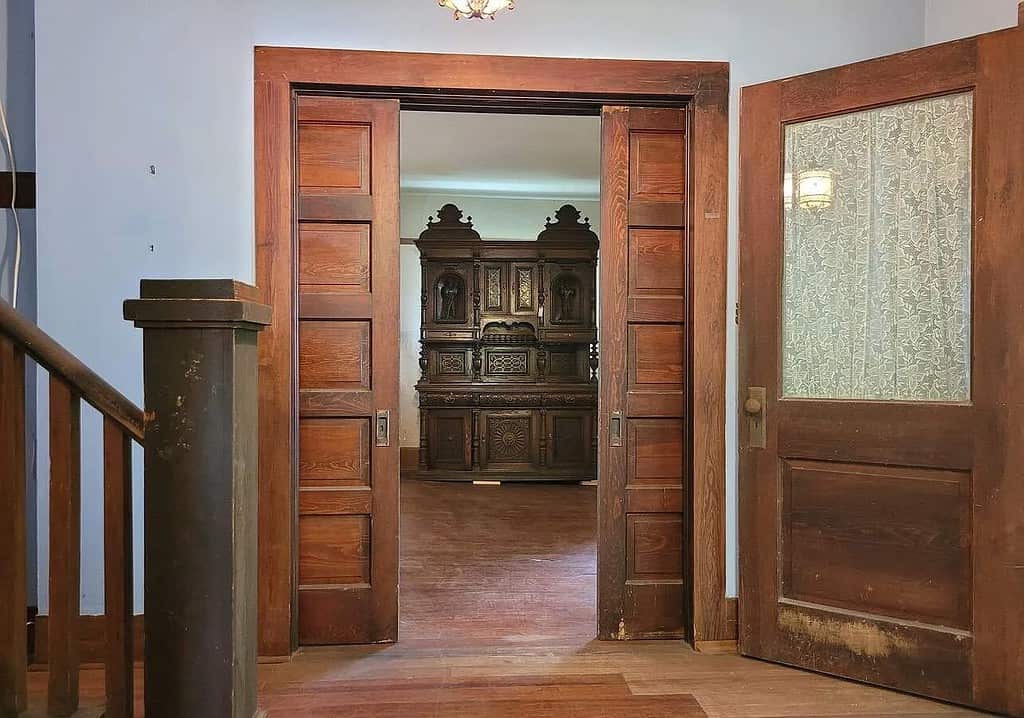
Where Can You Use A Pocket Door?
Unique doors can be a great addition to any home or building design, as they provide a practical and space-saving solution for a variety of living spaces. Here are some ideas on where and when to incorporate pocket doors:
- Small rooms: In rooms where space is limited, such as a small bathroom or closet, pocket doors can help to maximize the available space by eliminating the need for a swinging door. A Jack and Jill bathroom design is a perfect space for these doors to be incorporated.
- Open floor plans: In homes with open floor plans, pocket doors can be used to create separate living spaces without sacrificing the open and airy feel of the overall design. For example, pocket doors can be used to separate a home office from a living room or a kitchen from a dining area.
- Accessible spaces: A great choice for accessible spaces, such as wheelchair-accessible bathrooms, as they eliminate the need for a swinging door that can be difficult to maneuver around.
- Contemporary designs: Pocket doors can also be used to add a modern touch to a home or building design, particularly when paired with sleek, contemporary materials such as glass or metal.
- Historical designs: In historical or period homes, pocket doors can be used to maintain the authenticity of the design while providing a practical solution for modern living.
Overall, pocket doors can be incorporated into a wide range of home and building designs, and their versatility and space-saving benefits make them a popular choice for many homeowners and architects.
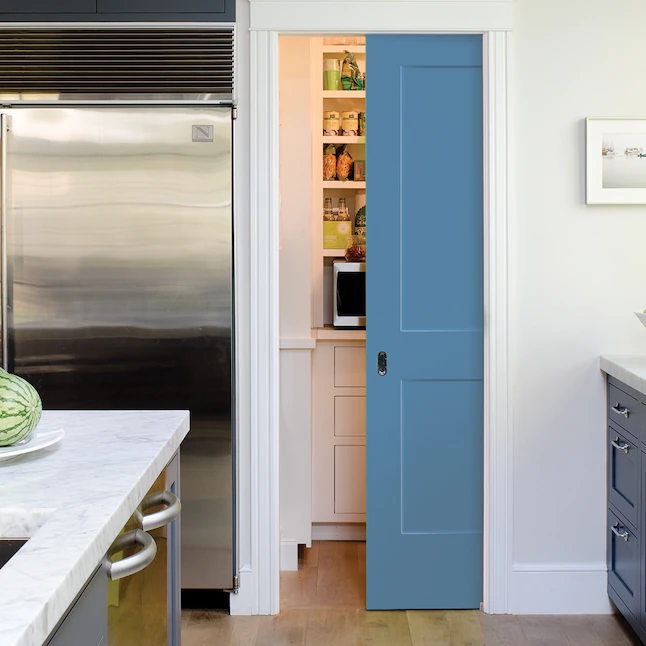
Wall Construction Requirements
When it comes to installation, pocket doors require more than just a frame – you’ll also need hardware that fits the door and is compatible with your wall construction requirements. Depending on the type of wall construction you have (e.g., drywall or plaster), there may be specific requirements for mounting pocket door frames and hardware correctly so that everything functions properly without compromising safety or aesthetics.
Checking Wall Cavity Space
The first step is to make sure you have enough room in your wall cavity for the frame and track system needed for a pocket door. Most standard doors require at least 4” of space on each side, so if your walls are thinner than this, then installing a pocket door may not be feasible without some additional framing work. Additionally, check that there isn’t any wiring or plumbing running through the area where you plan to install the door, as this could cause complications down the line.
Reinforcing Walls for Stability
To ensure your walls don’t buckle under the weight of a door, reinforce plasterboard walls by adding studs between joists along both sides of where you’ll cut out the opening. This will bolster the wall structure and prevent any sagging from occurring in the future.
Safety Precautions During Installation
Finally, when cutting away studs from an existing wall, it’s important that proper safety precautions are taken, such as wearing protective goggles. Cutting into electrical wires or other hazardous materials can lead to serious injury, so always double-check before beginning work.
Benefits of Pocket Doors
Overall, while installing the doors requires more effort than traditional hinged varieties, they offer numerous benefits, including improved accessibility and saving valuable floor/wall space – making them well worth considering when planning renovations around tight spaces.
To conclude, an understanding of your wall construction is essential to ensure a successful door installation. Moving on, let’s explore the various hardware options available for pocket doors.
Pocket Door Kits & Hardware
Door kits make installing a pocket door easier since they come with all the necessary components, including pre-cut frames, tracks, rollers, handles, knobs, locksets, and other accessories needed to get started quickly without having to buy each piece separately from different suppliers. This not only saves time but also money since most kits include everything at a discounted price compared to buying individual pieces separately.
Importance of the Frame in Pocket Door Kits
The frame is the most important part of any door kit as it will hold the weight of the entire door and provide a secure fit when closed. Most standard frames are made from either wood or metal, although there are some composite materials available too. They should be securely mounted into wall studs on both sides so that they can support the weight of the door without shifting or warping over time.
It’s also important to check that your wall construction is suitable before installing a pocket door frame. If it isn’t, then you may need additional reinforcement, such as drywall screws or masonry anchors, to ensure stability.

Locks
Pocket doors require a specific type of lock that fits within the narrow space of the door frame. Door locks come in a variety of styles, from simple privacy locks that provide basic security to more advanced locking mechanisms that allow you to lock the door from both sides. Some popular options include:
- Flush-mounted locks
- Recessed pulls with keyholes
- Surface-mounted privacy locks

Pulls
Door pulls are typically recessed into the door itself, allowing the door to slide freely within the frame. They come in various styles, ranging from simple finger pulls to decorative pulls that add a touch of style to your door.
When choosing a pull, consider:
- The size and weight of your door
- The overall design aesthetic you want to achieve
If you decide on a surface-mounted pull or knob, note that the door will not be able to slide fully into the pocket of the wall. In this case, size the desired opening accordingly.

Customizing Pocket Door Hardware
When choosing pocket door hardware, it is important to consider both functionality and security. Additionally, think about the style and design of your pulls and knobs. Whether you prefer a simple, streamlined look or a more ornate, decorative style, there are plenty of options to customize your pocket door to fit your needs and preferences.
FAQs in Relation to a Pocket Door
Are pocket doors a good idea?
In general, it depends. Overall, pocket doors can be incorporated into a wide range of home and building designs, and their versatility and space-saving benefits make them a popular choice for many homeowners and architects. From Jack and Jill bathrooms, to home offices, to billiard rooms, pocket doors can turn any room into an awesome feature of architecture.
Why aren’t pocket doors used more often?
Once a staple of early- to mid-1900s homes, started to see a decline in the late 20th century of architectural design. Pocket doors tend to be more expensive than traditional hinged doors due to their complex construction, installation, and hardware requirements. But are they ultimately worth the price? We believe one or two unique doors in every home or business is worth consideration.
What is the purpose of pocket door?
Pocket doors are a great space-saving solution for homes and businesses alike. They slide into the wall, eliminating the need to swing open or shut. As discussed, they are perfect for small areas like bathrooms and closets, as they slide into the wall rather than taking up space with a swing. Pocket doors provide an extra measure of seclusion, as they can be shut without obstructing any other parts of the abode or establishment.
Conclusion
Pocket and sliding doors are a practical and stylish way to maximize space in any home or business. With the right planning, wall construction, and hardware, they can seamlessly enhance both functionality and design.
For more inspiration, expert tips, and product insights, Door Digest LLC is your go-to resource. Discover everything from pocket door hardware and best door knobs to functional additions like door closers, hinges for doors, and kick plates. Stay informed with the latest trends and updates to make the best decisions for your space.
Let Door Digest help you unlock the potential of every door in your home or business—because every detail counts!
